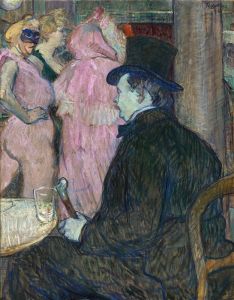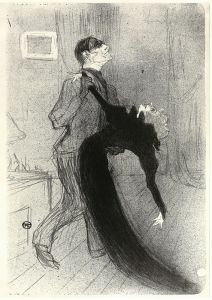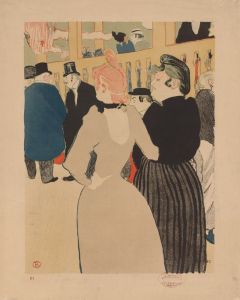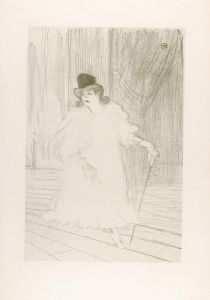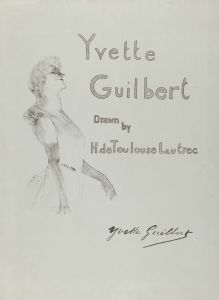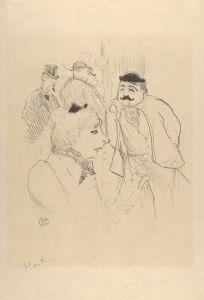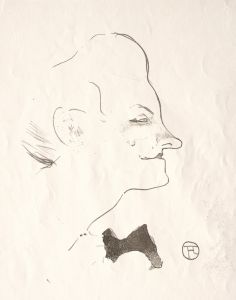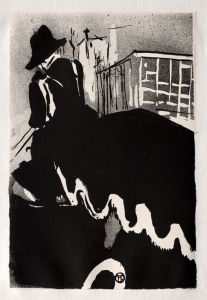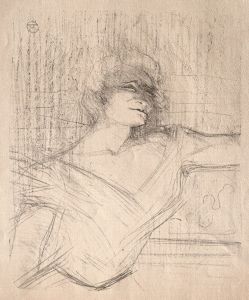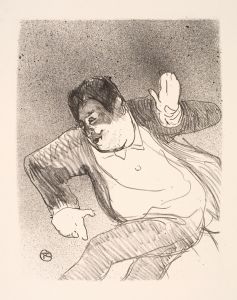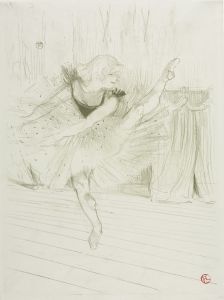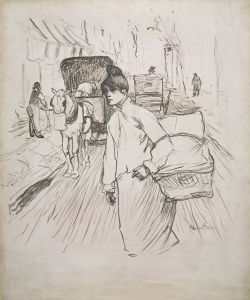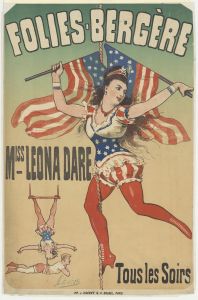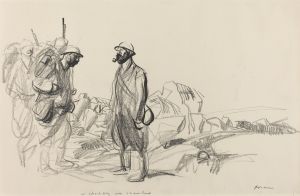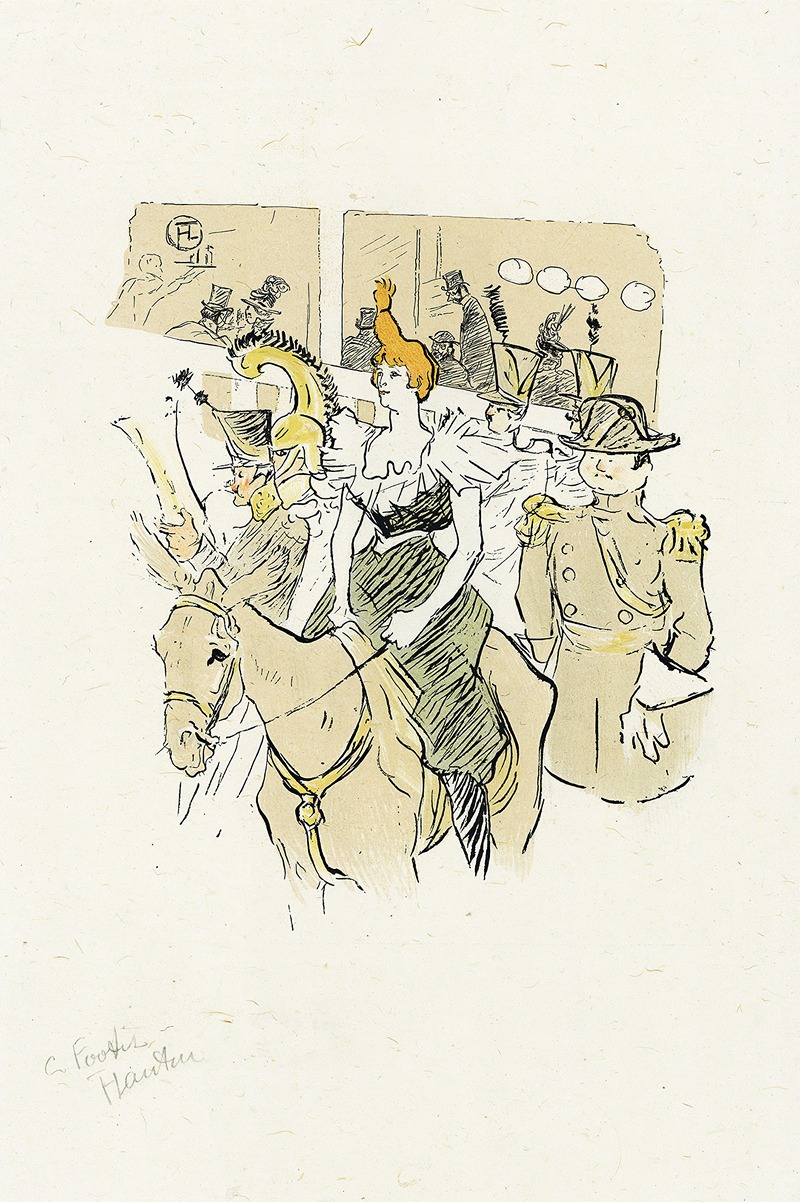
Le Rire; Au Moulin Rouge
A hand-painted replica of Henri de Toulouse-Lautrec’s masterpiece Le Rire; Au Moulin Rouge, meticulously crafted by professional artists to capture the true essence of the original. Each piece is created with museum-quality canvas and rare mineral pigments, carefully painted by experienced artists with delicate brushstrokes and rich, layered colors to perfectly recreate the texture of the original artwork. Unlike machine-printed reproductions, this hand-painted version brings the painting to life, infused with the artist’s emotions and skill in every stroke. Whether for personal collection or home decoration, it instantly elevates the artistic atmosphere of any space.
Henri de Toulouse-Lautrec's Le Rire; Au Moulin Rouge is a lithograph created by the French Post-Impressionist artist in 1893. Toulouse-Lautrec is renowned for his depictions of Parisian nightlife during the late 19th century, particularly scenes from cabarets, theaters, and dance halls such as the Moulin Rouge. This particular work, Le Rire; Au Moulin Rouge, is a testament to his mastery of lithography and his ability to capture the vibrant and dynamic atmosphere of the Parisian entertainment scene.
The lithograph was created as a promotional piece for the humor magazine Le Rire (The Laugh), which was one of the most popular satirical publications in France at the time. Toulouse-Lautrec frequently collaborated with Le Rire, contributing illustrations that showcased his distinctive style and his keen observation of human behavior. The magazine often featured caricatures, social commentary, and art that reflected the bohemian culture of Paris.
In Le Rire; Au Moulin Rouge, Toulouse-Lautrec portrays a lively scene at the famous Moulin Rouge cabaret, located in the Montmartre district of Paris. The composition includes figures of dancers, performers, and spectators, all rendered with the artist's characteristic use of bold lines and expressive forms. The work captures the energy and movement of the cabaret, emphasizing the interplay between the performers and the audience. Toulouse-Lautrec's use of lithography allowed him to experiment with color and texture, creating a vivid and dynamic image that reflects the spirit of the era.
The Moulin Rouge was a central theme in many of Toulouse-Lautrec's works, as he was a frequent visitor and observer of its performances. His depictions of the cabaret and its performers, including famous dancers like La Goulue and Jane Avril, have become iconic representations of Parisian nightlife during the Belle Époque. Le Rire; Au Moulin Rouge is one of many works that highlight Toulouse-Lautrec's ability to capture the essence of his subjects with both humor and sensitivity.
Today, Toulouse-Lautrec's lithographs, including Le Rire; Au Moulin Rouge, are celebrated for their innovative approach to composition and their influence on the development of modern graphic design and poster art. His works are held in major art collections and museums around the world, where they continue to be admired for their artistic and historical significance.





